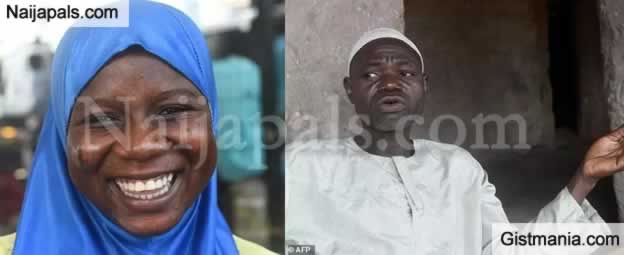
When six-year-old Naziru Abdulwahab was abducted from northern Nigeria, his kidnapper transported him across the country and tried to sell him — but the potential buyer backed out.
Fearing they would make him too recognisable, the would-be purchaser refused to buy him.
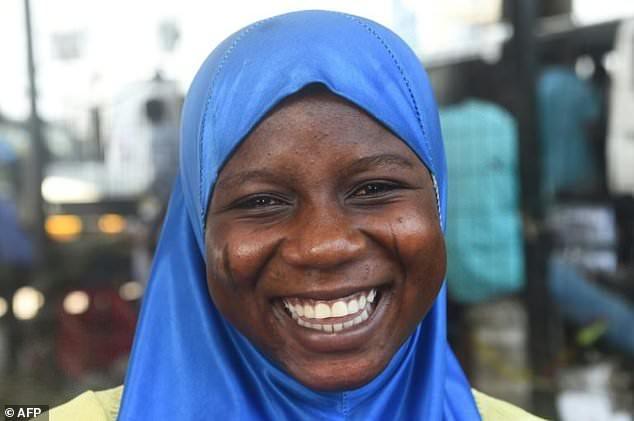
After suspicions were then raised by local residents, the trafficker was arrested and the child rescued.
The incident in June shone a spotlight on the practice of tribal markings that has been fading since the 1980s in the fast-changing country of nearly 200 million people.
Traditional practitioners, known locally as oloola, said it showed the benefits of the practice that critics have long argued is unsafe and child abuse.
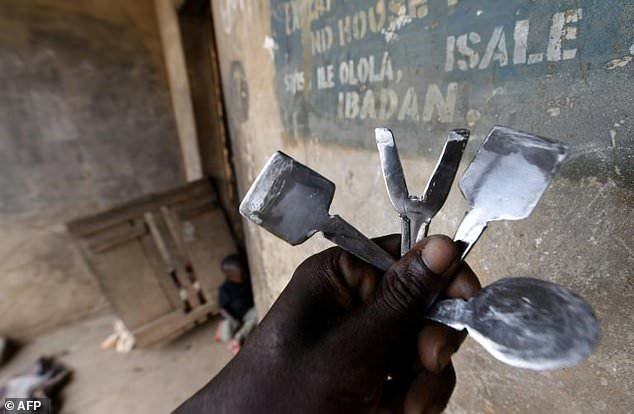
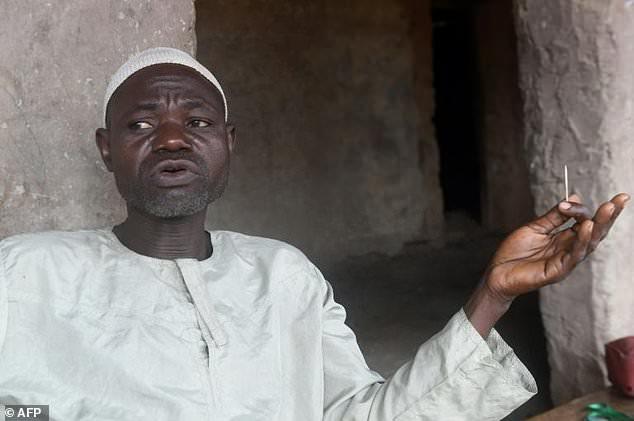
“Nobody wants to put tribal marks on his child anymore. People see the practice as archaic, fetish and unhygenic.”
The incisions have traditionally been performed in an array of styles by different ethnic groups in Nigeria.
The scarring is done — both to boys and girls — by burning or cutting of the skin during childhood.
From the Yoruba in the southwest, to Igbo in the east and Hausa in the north, the marks serve different purposes: identification, healing, spiritual protection, beautification.
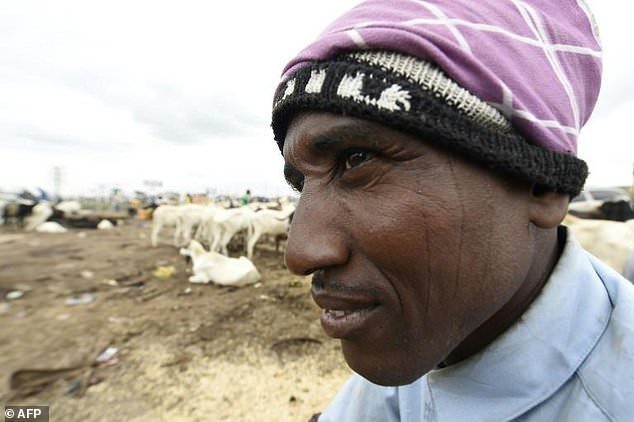
Prominent figures, including ex-president Olusegun Obasanjo, have tribal marks on their cheeks.
He agreed that the traditional practitioners needed to move with the times if they wanted to remain relevant — pointing to the growing numbers of Nigerian youths embracing western-style tattoos.
Opponents have pushed for a country-wide ban on facial markings.
In 2017, the Nigerian Senate debated a bill for the “prohibition of facial mutilation” that would have introduced punishments for those who perform it and protection for those at risk.
Proponents of the move argued that the “barbaric” practice left people disfigured for life and put them at risk of contracting HIV.
The proposed legislation is currently bogged down in parliamentary procedure.
The practice of facial markings has been waning for around 40 years, said the Oloola Descendant Association in Ibadan, whose members barely carry out one case a month now, compared to about 10 in the 1980s.
Sefiu Yusuf, the association’s head, insisted that there was still a role for traditional methods, as he showed his metal instruments wrapped in white handkerchiefs at his dark clinic.
He inherited his position from his father and said his family had long been known for performing circumcisions.
“Even doctors and nurses seek our help when they have complicated cases.”
He dismissed criticism that his practices were unsafe.
For another Ibadan-based oloola, Babatunde Hamzat, the dying out of the tradition has had serious consequences for Nigerian society.
He said its loss had contributed to the high levels of crime in the country.
“But nowadays, people commit crimes with levity since there is nothing to identify them with.”
Trader Dauda Lawal, 60, proudly sports the facial marks his parents gave him as a child and says he was happy to do the same to his offspring.
Lawal claimed his wife married him because of the facial marks he bears.
But he is not sure if his son will follow suit.
That positive view of facial marking is not shared by everyone.
She said that she was firmly opposed on both health and aesthetic grounds.
“I also cannot date, not to talk of marrying, a man with tribal marks. It’s disgusting.”
| Posted: at | |



 TRENDING GISTS
TRENDING GISTS  I'm Building PDP, Not Tearing it Apart - Wike Addresses The Press (Video)
I'm Building PDP, Not Tearing it Apart - Wike Addresses The Press (Video) VIDEO: Man Caught While Waiting For a Minor he Had Solicited S£x From Online
VIDEO: Man Caught While Waiting For a Minor he Had Solicited S£x From Online Emotional Moment Femi Adebayo Presented His 2025 AMVCA Trophies to His Dad, Adebayo Salami
Emotional Moment Femi Adebayo Presented His 2025 AMVCA Trophies to His Dad, Adebayo Salami Rapper, Phyno Unveils His Daughter, Shares Adorable Video to Mark Her Second Birthday
Rapper, Phyno Unveils His Daughter, Shares Adorable Video to Mark Her Second Birthday Ex Madrid Player, Xabi Alonso Seals Managerial Move To Real Madrid As Ancelotti Bows Out
Ex Madrid Player, Xabi Alonso Seals Managerial Move To Real Madrid As Ancelotti Bows Out